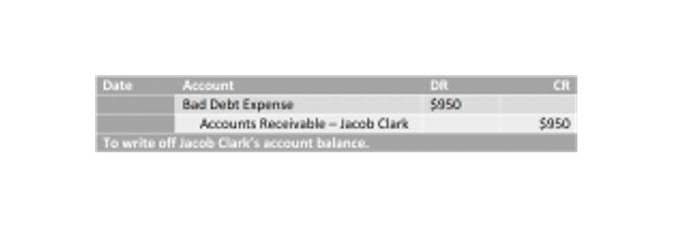
Many companies can self-fund their growth, but others use debt to fuel it. Debt can lead to big problems if it gets out of hand, and that is why it is important to analyze the company’s debt situation and determine the potential impact, good or bad. Many businesses use debt to fuel their growth in today’s low-interest business world. Because debt costs are far lower than equity, many companies raise cash to grow by taking on larger amounts of debt. Finally, she plugs both of these figures into the debt to asset equation to find the raw decimal value of her company’s ratio.
Another example is the quick ratio, current assets minus inventory over current liabilities. However, this financial comparison is a global measurement designed to measure the company as a whole. On the other hand, this percentage illustrates income and profitability for investors. A lower percentage will reflect that the company is stable and that the investors can expect a higher return over assets.
Total Debt-to-Total Assets Formula
Investors and accountants use debt ratios to assess the risk that a company is likely to default on its obligations. The debt to asset ratio is calculated by using a company’s funded debt, sometimes called interest bearing liabilities. The total debt-to-total assets ratio compares the total amount of liabilities of a company to all of its assets. The ratio is used to measure how leveraged the company is, as higher ratios indicate more debt is used as opposed to equity capital. To gain the best insight into the total debt-to-total assets ratio, it’s often best to compare the findings of a single company over time or the ratios of similar companies in the same industry.
For example, an increasing trend reflects that the business is unable to pay off its debt, leading to default. A lower percentage indicates that the company has enough funds to meet its current debt obligations and assess if the firm can pay a return on its investment. The debt-to-asset ratio, debt-to-equity ratio, and interest coverage ratio are great tools for analyzing the debt situation of any company.
Can a company’s total debt-to-total assets ratio be too high?
On the other hand, the debt-to-equity ratio has equity in its denominator. In the case of a lower debt-to-asset ratio, the company signals that its asset side is much more than its liabilities side. This gives the small-scale company financial flexibility in terms of aggressively expanding its business. The ratio may vary according to the industry and the company’s business model.
- Generally, 0.3 to 0.6 is where investors and creditors feel comfortable.
- It’s also more difficult for them to raise new debt to ensure their survival or to take advantage of market opportunities.
- A proportion greater than 1 indicates that a significant portion of the assets are financed through debt, while a low ratio reflects that majority of the asset is funded by equity.
- It depends upon the company size, industry, sector, and financing strategy of the company.
- Companies in more volatile sectors such as technology also tend to operate with less debt and lower ratios.
“Ideally, you want to start by paying off the debts with the highest interest rates,” says Bessette. The average debt-to-asset ratio by industry is provided on the Statistics Canada website. In general, a bank will interpret a low ratio as a good indicator of your ability to repay debt or raise other loans to pursue new opportunities. A high ratio, on the other hand, indicates a substantial dependence on debt and could be a sign of financial weakness. This question has no fixed answer, as the optimal ratio varies across industries. It is important to examine the industry average and then determine what constitutes a favorable debt-to-asset ratio.
Step 2: Divide total liabilities by total assets
For example, companies that require high infrastructure will have high amounts of debt as they need to invest in building and maintaining the infrastructure. It shows an investor how much percentage of a company’s assets is financed by debt. The second comparative data analysis you should perform is industry analysis. In order to perform industry analysis, you look at the debt-to-asset ratio for other firms in your industry. For example, the debt ratio of a utility company is in all likelihood going to be higher than a software company – but that does not mean that the software company is less risky.
- Total debt-to-total assets may be reported as a decimal or a percentage.
- In such cases, investors also understand the industry’s risk and return policy and try to judge the industry’s average debt-to-asset ratio.
- Get instant access to lessons taught by experienced private equity pros and bulge bracket investment bankers including financial statement modeling, DCF, M&A, LBO, Comps and Excel Modeling.
- So if a company has total assets of $100 million and total debt of $30 million, its debt ratio is 0.3 or 30%.
- Using this metric, analysts can compare one company’s leverage with that of other companies in the same industry.
- The debt-to-total-assets ratio is a popular measure that looks at how much a company owes in relation to its assets.